The complete Germany driving and rental guide
Speed Limit and Traffic Signs
Driving in Germany is on the right side of the road. On Autobahns, one must take the right lane and overtake from the left.
 Speed Limit
Speed LimitThere is a speed limit of 50 km/h in rural areas and 100 km/h in built-up areas. Recommended maximum speed on motorways is 130 km/h.
 Traffic Signs
Traffic SignsGerman traffic signs can be classified into 4 types: regulatory, warning, information and direction signs.
Warning Signs
Warning signs are in red triangle shape with a few exceptions.
 Bumpy Road
Bumpy Road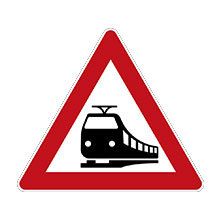 Level Crossing
Level Crossing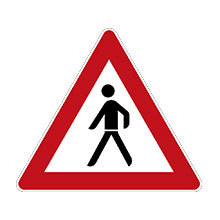 Pedestrians
Pedestrians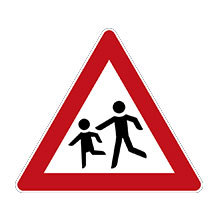 Children Crossing
Children Crossing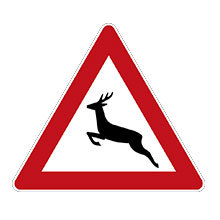 Wild Animals Crossing
Wild Animals CrossingRegulatory Signs
German regulatory signs mostly feature circular shape with a red border, with some exceptions.
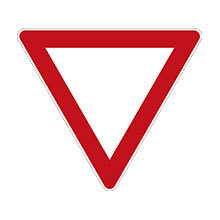 Give Way
Give Way Stop and Give Way
Stop and Give Way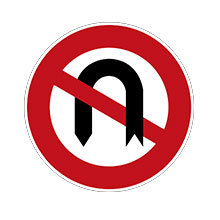 No U-Turn
No U-Turn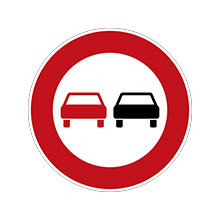 No Overtaking
No Overtaking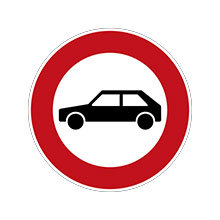 No Passenger Car
No Passenger CarInformation Signs
Information signs normally feature a square shape as well as blue background, with some other exceptions.
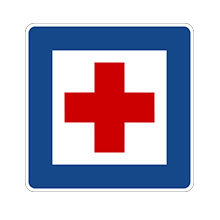 First Aid or Hospital
First Aid or Hospital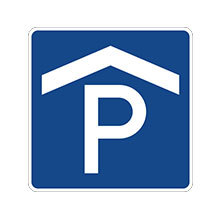 Car Park, Parking Garage
Car Park, Parking Garage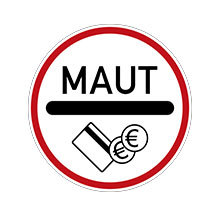 Toll Road
Toll Road Stop-Customs
Stop-CustomsDirection Signs
German direction signs mostly feature a blue or yellow background and markings with location signs, route number information and distance.
 Motorway Junction Sign to Service Area
Motorway Junction Sign to Service Area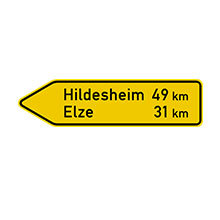 Signpost at Junction Leading Onto a Minor Road
Signpost at Junction Leading Onto a Minor Road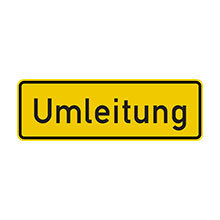 Diversion Sign
Diversion Sign End of Diversion
End of DiversionTake a further step to read more useful information regarding Germany traffic signs here.
Seatbelt and Child Safety
 Seatbelt Laws
Seatbelt LawsThe driver and all passengers are required by law to wear seatbelts if the car is underway. Failing to do so will incur an on-the-spot fine of €30.
 Booster Seat Laws
Booster Seat LawsChildren over 150cm tall can sit in the front of the car. Younger ones will require appropriate restraints in the rear. Note that a baby must be seated in a baby seat facing backwards in the front passenger seat, and the front airbag must be disabled. If the child seat is not set properly, a fine of €60 will be imposed.
Parking, Fuel and Toll
 Parking
Parking· Permitted Parking
Drivers are allowed to park when a “Parkschein” can be found, and can pay the related parking fee to a parking machine. Insert coins to pay for the amount of time you wish to keep your parking spot. then place your ticket on the car’s dashboard in plain sight.
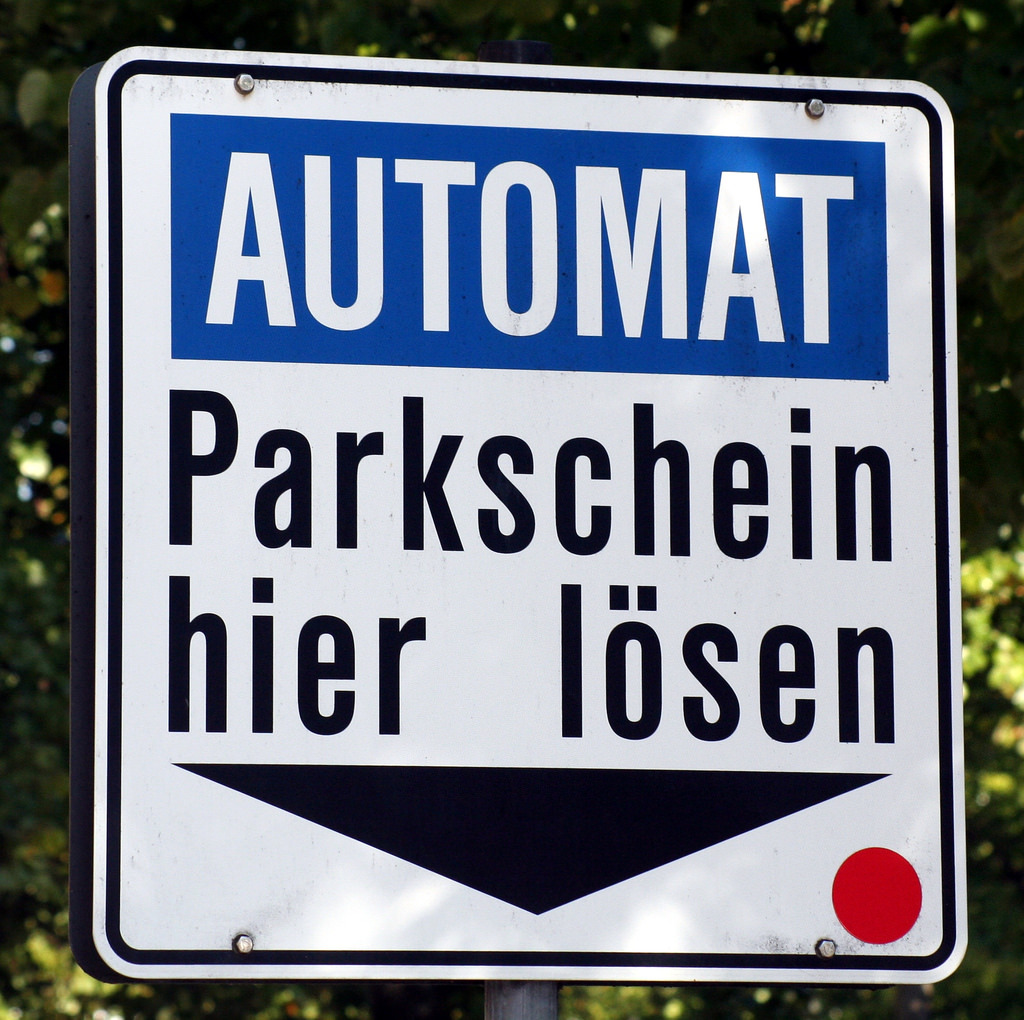 (Image from hiveminer.com)
(Image from hiveminer.com)· Permitted Parking
In Germany, you are considered "parked" if you leave your vehicle or if you stop/stand for longer than 3 minutes, unless you are actively boarding or discharging passengers or loading/unloading cargo.
You may not park in the following spots:
- Within 5 metres on either side of an intersection
- In front of driveway entrances or exits, or on the opposite side of the street
- If the roadway is too narrow to allow vehicles to enter or exit the driveway
- If parking will obstruct the use of marked parking places
- Within 15 metres on either side of a bus or streetcar stop marked with a green H-sign with yellow background
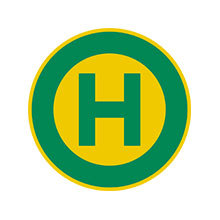
- Within 50 metres on either side of a white X-sign with red poles when outside of urban areas or within 5 metres when inside an urban area
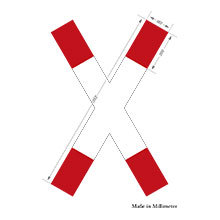
- On a priority road outside of urban areas
- In front of a curb-cut or wheelchair ramp
- Adjacent to a traffic island or median
- On the street side of another parked vehicle ("double parked")
- On a marked bike lane - Anywhere there is a “No Parking” sign on the same side of the street

Parking in forbidden areas will result in a parking fine that generally ranges from €5 to €25.
 Fuel Prices
Fuel PricesThe average value for Germany gasoline price is €1.39 in January 2018 while diesel is €1.16.
 Toll
TollUnlike trucks, passenger car can drive the Autobahn without toll fee.
However, cross a border into neighbouring countries such as Austria, Switzerland and Czech Republic will require purchasing a vignette that should be stuck on the car’s windshield. Make sure you let the car hire company know if you are planning to drive your vehicle outside Germany, and double-check at the counter whether the rented vehicle features the relevant vignette.
Traffic Violation
 DUI Laws
DUI LawsDrivers with more than 2 years' experience are charged with a fine if found driving with 0.05% BAC (Blood Alcohol Content) or with 0.03% in conjunction with any other traffic offences or accidents.
 Traffic Fines
Traffic FinesThere are traffic signs indicating a speed limit at many street sections. Drivers who are speeding in Germany may be caught by a speed trap and the fine ranges from €15 to €680 in town and €10 to €600 outside towns.
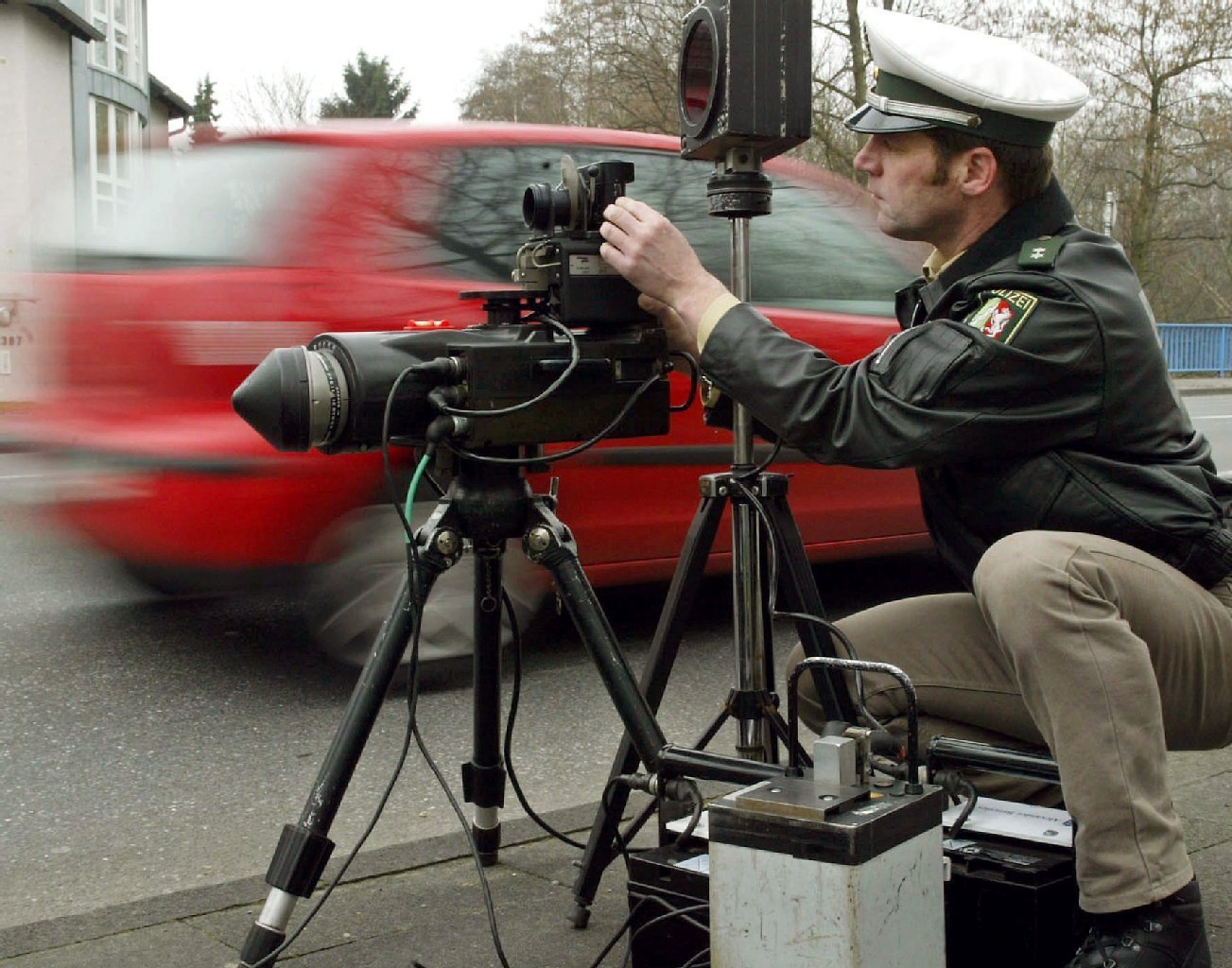 (Image from ksta.de)
(Image from ksta.de)Travellers renting a car in Germany may receive billing details from their credit cards indicating that a certain amount has been debited, mainly because they have been found guilty of speed driving or prohibited parking. You can always contact QEEQ' 24/7 customer service team for clarifications on such cases.
Driving Licence and Age Requirements
Foreigners on short-term visit may rent a car and drive with a valid foreign driving licence for up to 6 months in Germany. All licences issued by the European Union are accepted. To drive in Germany, the driver must present a valid national driving licence that has been held for at least 1 or 2 years (according to different car hire companies).
You must be at least 18 years old to hire a car in Germany, and age may vary by car category.
Read more details
Guest reviews
Thrifty
Budget
Budget
Flex To Go
Buchbinder
Alamo
Alamo
Budget
Flex To Go
Alamo
Keddy by Europcar
Wheego
Keddy by Europcar
Europcar
Europcar
Keddy by Europcar
starcar
Wheego
Buchbinder
Flex To Go
OK Mobility
Wheego
Wheego
Enterprise
Dollar
Wheego
Alamo
Europcar
Alamo
AVIS
OK Mobility
Enterprise
OK Mobility
OK Mobility
OK Mobility
Alamo
Enterprise
Alamo
Alamo
Dollar
Alamo
Europcar
OK Mobility
starcar
Alamo
AVIS
Europcar
Europcar
Europcar
Europcar
Best car rental deals in Germany
Frequently asked questions
- Q1.What is an insurance excess?The excess is the amount you'll only be liable for in case of damage(under Collision Damage Waiver) or theft(under Theft Protection) of the vehicle.
Information about the excess will be clearly stated in the price inclusion when you reserve a car on QEEQ. - Q2. How can I add an addtional driver?You are advised to make a request upon your arrival at the rental counter. Additional charge per day will incur unless '1 Additional Driver Included' is stipulated on the rental.
Please note that the same licence and age requirement applys to the additonal driver. The addtional driver is supposed to present the required licence document along with the main driver at pickup. - Q3.What if I want to pick up or drop off my rental car out of office hours?QEEQ will show you the car offers available at your chosen time on the search results.
However, pick-up or drop-off out of general opening hours may subject to an extra fee unless self-service pick-up or drop-off is available.
After you reserve a car on QEEQ, we will inform you of specific policy of the car hire company by email. - Q4. Can I take the hired car to another country or cross border?If you want to pick up your car in one country and drop it in another, your search results will show you cars you can do that with.
If you're planning to cross any borders during your trip, bear in mind:
1. You may have to pay more.
There are often extra fees, taxes or additional cover you'll pay at the car hire counter.
2.It may not be allowed.
Depending on where you're hiring, you may not be able to take your car to another country.
Please email us if you want to take your hire car into a different country during your trip, and we'll talk you through your options. - Q5. Can I pick up my car at one location and return it at different location?Yes. You can pick up the vehicle in one place and drop it off in another. An ‘one-way fee’ will incur. Whether it is inclued in the rental price or what additional cost may arise will be clearly stated at the time of booking on QEEQ.
Please inform the car hire company of your drop-off location when you pick up the vehicle or contact them directly during your trip. You will find a phone number on the rental agreement you signed at pickup.
Any question? Just visit our Help Page.
Explore more destinations in Germany
Our Advantages
Subscribe for Exclusive Offers and Deals
Please enter a valid email address


 Bumpy Road
Bumpy Road Level Crossing
Level Crossing Pedestrians
Pedestrians Children Crossing
Children Crossing Wild Animals Crossing
Wild Animals Crossing Give Way
Give Way Stop and Give Way
Stop and Give Way No U-Turn
No U-Turn No Overtaking
No Overtaking No Passenger Car
No Passenger Car First Aid or Hospital
First Aid or Hospital Car Park, Parking Garage
Car Park, Parking Garage Toll Road
Toll Road Stop-Customs
Stop-Customs Motorway Junction Sign to Service Area
Motorway Junction Sign to Service Area Signpost at Junction Leading Onto a Minor Road
Signpost at Junction Leading Onto a Minor Road Diversion Sign
Diversion Sign End of Diversion
End of Diversion


 (Image from hiveminer.com)
(Image from hiveminer.com)






 (Image from ksta.de)
(Image from ksta.de)